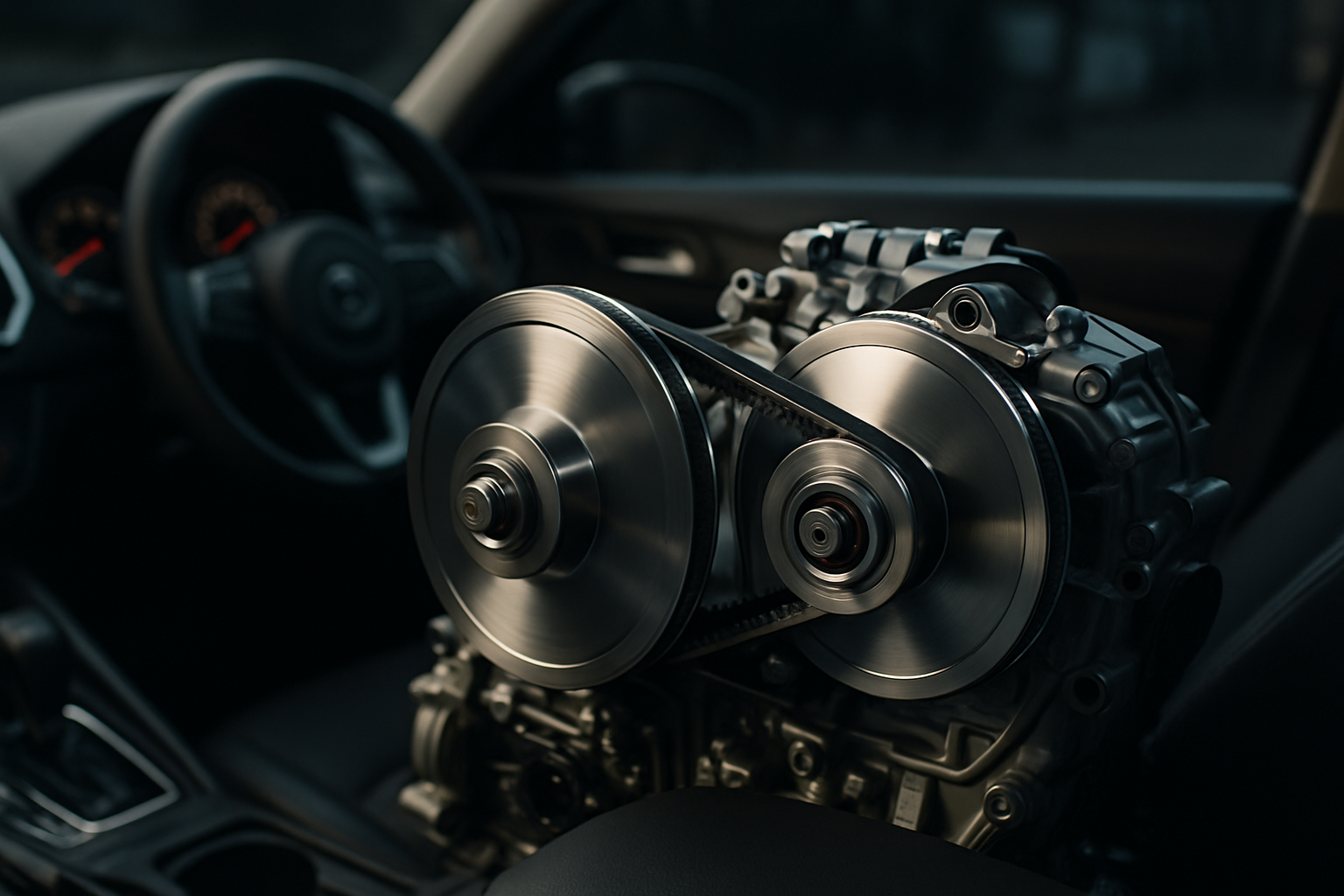A Deep Dive into Continuously Variable Transmission: The Future of Automotive Gearbox
Introduction: Imagine a world where your car's engine always works at its peak performance level, providing optimal power and fuel efficiency. That's the promise of Continuously Variable Transmission (CVT), an automotive technology that's redefining the future of driving.

A Historical Overview of CVT Technology
The concept of CVT is not new. In fact, it dates back to the time of Leonardo Da Vinci, who first sketched a stepless continuously variable transmission in 1490. However, it took centuries for the idea to materialize into a functional automotive component. DAF, a Dutch automaker, was the first to introduce a car with a CVT system in 1958. Since then, CVT technology has undergone significant advancements, becoming more efficient and reliable.
The Inner Workings of CVT
Unlike traditional gearboxes, a CVT doesn’t have a set number of gears. Instead, it uses two pulleys connected by a belt or chain, with the ability to change their diameters. This results in an infinite number of “gears” or gear ratios, allowing the engine to operate at its most efficient RPM for a range of vehicle speeds.
CVT: A Paradigm Shift in the Industry
Today, CVT is becoming an increasingly common sight in the auto industry. From commuter cars to high-performance vehicles, CVT technology is steadily gaining ground. This shift has been facilitated by the numerous benefits CVT offers, including improved fuel efficiency and smoother driving experience.
The Challenges of CVT
Despite its many advantages, CVT is not without its challenges. The technology can take some getting used to for drivers accustomed to the feeling of shifting gears. There are also concerns about the long-term durability of CVT systems, although advancements in design and materials are mitigating these issues.
The Impact of CVT on the Automotive World
The rise of CVT is more than just a trend; it’s a significant shift in the automotive world. As fuel efficiency becomes increasingly important for consumers and manufacturers alike, CVT’s ability to optimize engine performance presents a compelling benefit. Despite the challenges, the future of CVT looks promising, offering a new way of driving that’s smoother, more efficient, and more enjoyable.
From the first sketches by Da Vinci to today’s sophisticated systems, CVT has come a long way. As we look to the future, the continued evolution of this technology will undoubtedly have a profound impact on the automotive landscape. The journey of CVT is one that mirrors the constant quest for improvement and innovation in the automotive world—a journey that promises to make our driving experience better with each passing day.





